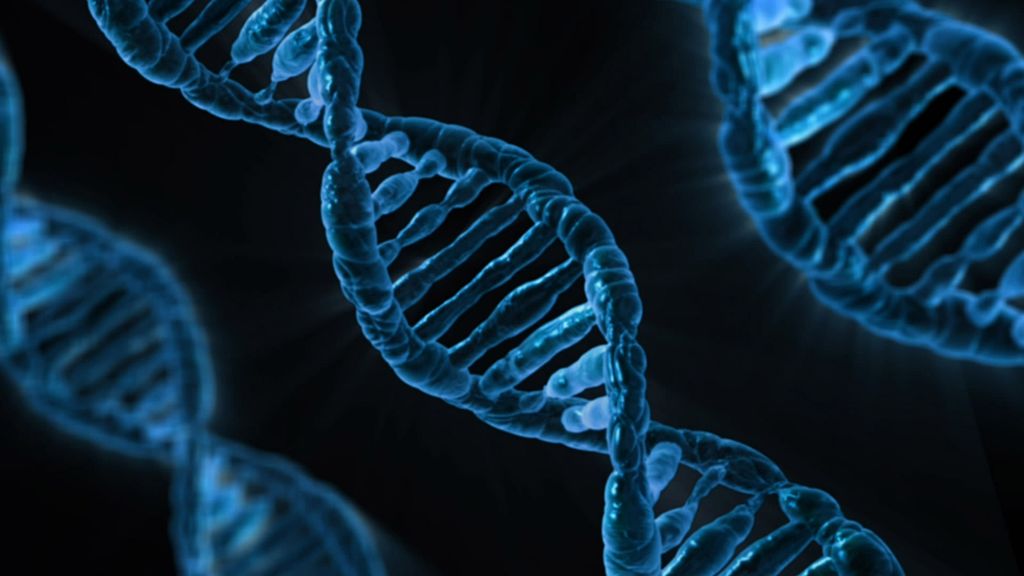
A study led by Rebecca Berrens looks at a new method for studying the role of transposable elements in genetic information
We believe the studies will reveal the molecular origins of mammalian development and could pave our way towards identification and treatment of diseases with genetic bases.
Rebecca Berrens et al
A new study reports a novel technique for studying the development of transposable elements in genetic information which can lead to genetic diseases and cancer.
The study, ‘Locus-specific expression of transposable elements in single cells with CELLO-seq’, is published in Nature Biotechnology. Lead author is Rebecca Berrens [2012].
It addresses the role of transposable elements [TEs] and how they can change their genomic position, potentially causing genetic diseases and cancer.
It is commonly believed that genetic information in every cell of our body is the same, but this is only true for protein coding genes, which make up 2% of the genome. In fact, 50% of the genome is comprised of TEs. While in most mature cells TEs are inactive, during early development, the very first embryonic cell divisions, TEs are very active.
The role of TEs in regulating diverse biological processes, from early development to cancer, is becoming increasingly appreciated by scientists. However, unlike other biological processes, next generation single-cell sequencing technologies are poorly suited to investigating TE expression: in particular, their highly repetitive nature means that short cDNA reads cannot be unambiguously mapped to a specific location.
The researchers chart how they have developed an experimental and analytical method to investigate whether TEs are transcriptionally active in all or only a subpopulation of cells during embryonic development. CELLO-seq is a computational framework for performing long-read RNA sequencing at single cell resolution. Using the novel technique to study the relationship between the expression of individual elements and putative regulators in 2-cell mouse blastomeres and human-induced pluripotent stem cells, they found evidence of distinct regulatory mechanisms.
The researchers, including Dr Berrens [2012] , who did her PhD in Biological Science, say: ”We believe the studies will reveal the molecular origins of mammalian development and could pave our way towards identification and treatment of diseases with genetic bases.”
*Picture credit: PublicDomainPictures and Wikimedia commons.












